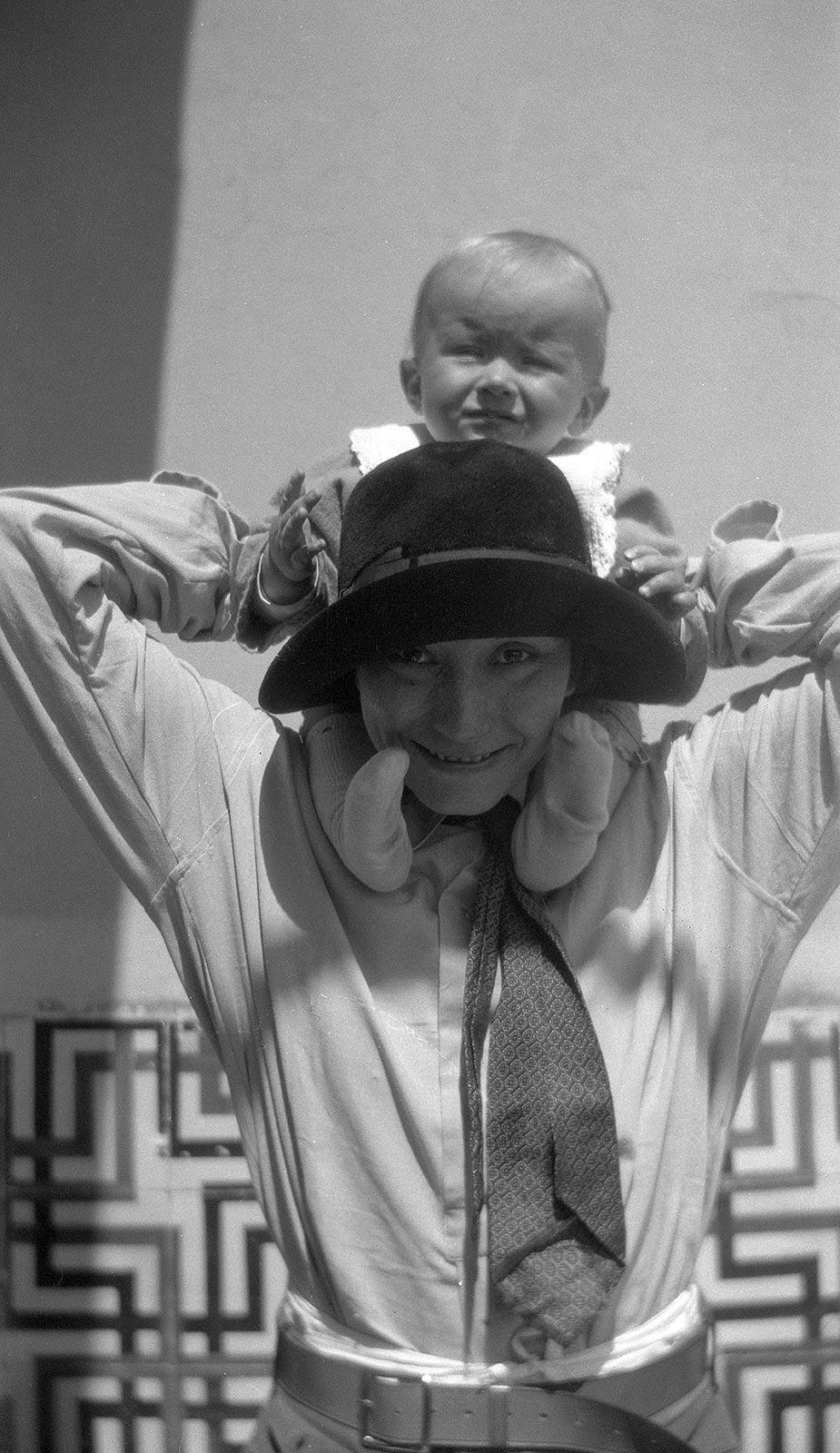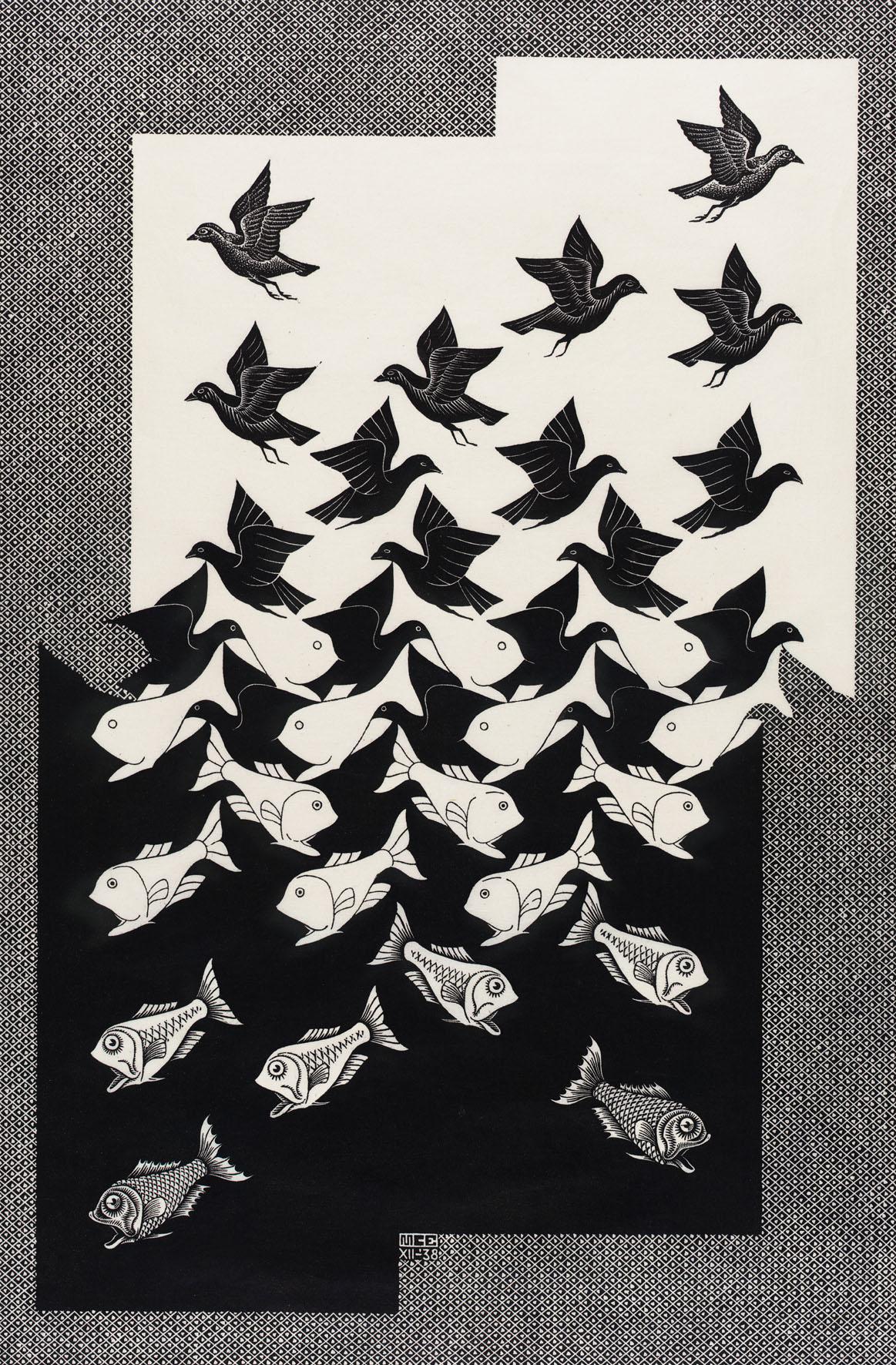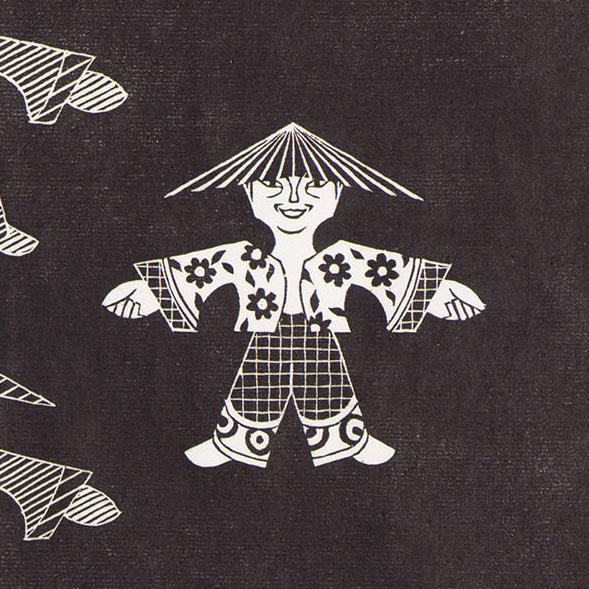

On 25 May 1930, Escher returned to his home town of Rome after travelling through the Italian provinces of Campanile and Calabria, together with his friends Giuseppe Haas-Triverio, Roberto Schiess and Jean Rousset. In the autumn and winter he would go on to develop his impressions of that journey into a series of woodcuts and lithographs. As a basis for this he used sketches as well as photographs, which he made and took during the trip and stuck neatly in a photo album. At first glance these photographs seem like souvenirs of a beautiful holiday, but most of the landscapes would subsequently feature in his prints.
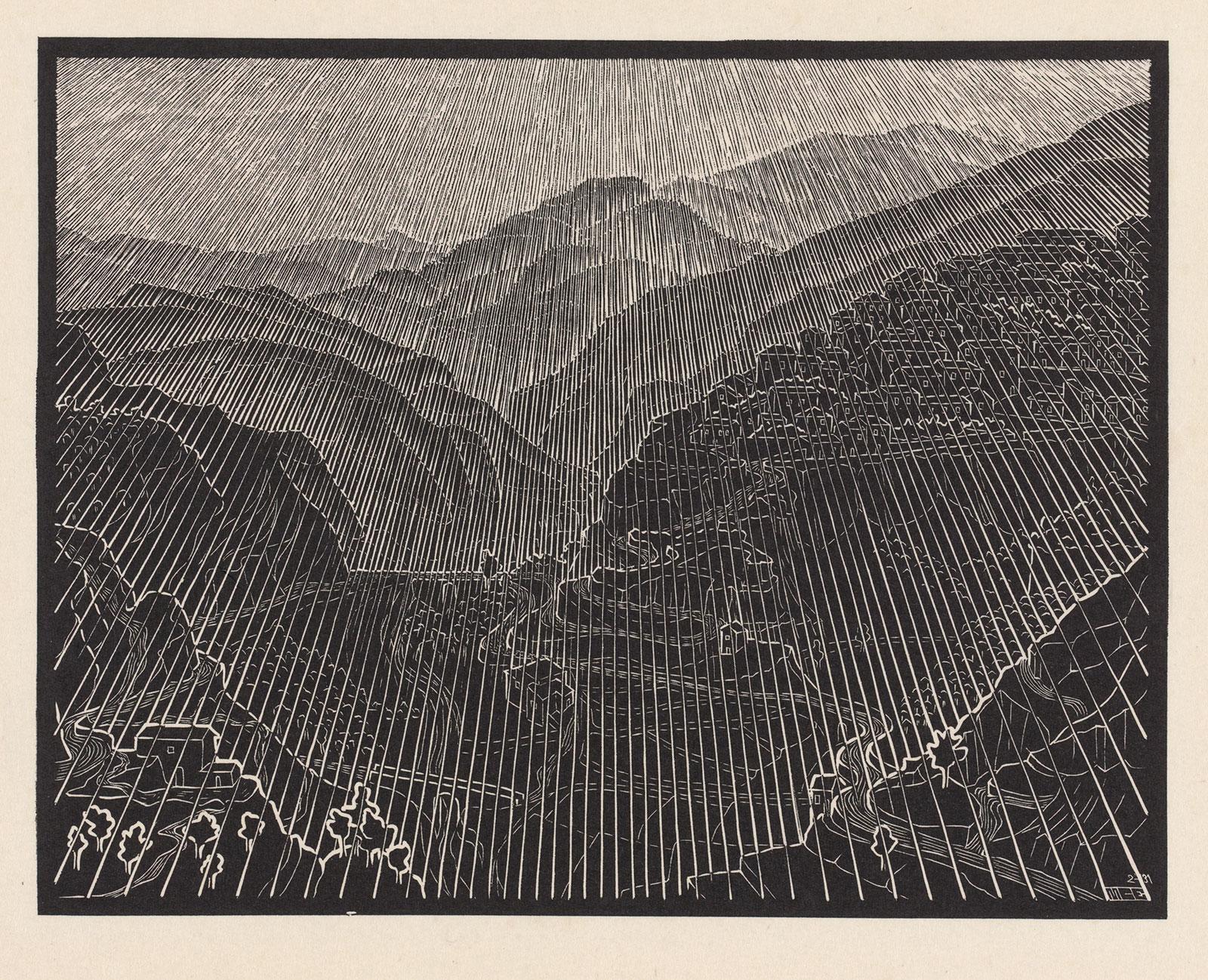
On 22 May 1930, the four travelling companions were in the town of Rossano in Calabria. They visited the Oratorio di San Marco, an oratory from the 10th century that is one of the most important examples of Byzantine art in Italy. The building has a Greek floor plan with five distinctive domes on cylinders. This is very similar to the Cattolica di Stilo, the other important example of Byzantine art that the friends had visited a few days before. In February 1931, Escher produced a woodcut of Rossano. This print was not based on a photograph, so the artist was shaping the landscape as he saw fit, accentuating the lines that we mere mortals do not see, as if a divine halo is elevating the landscape.
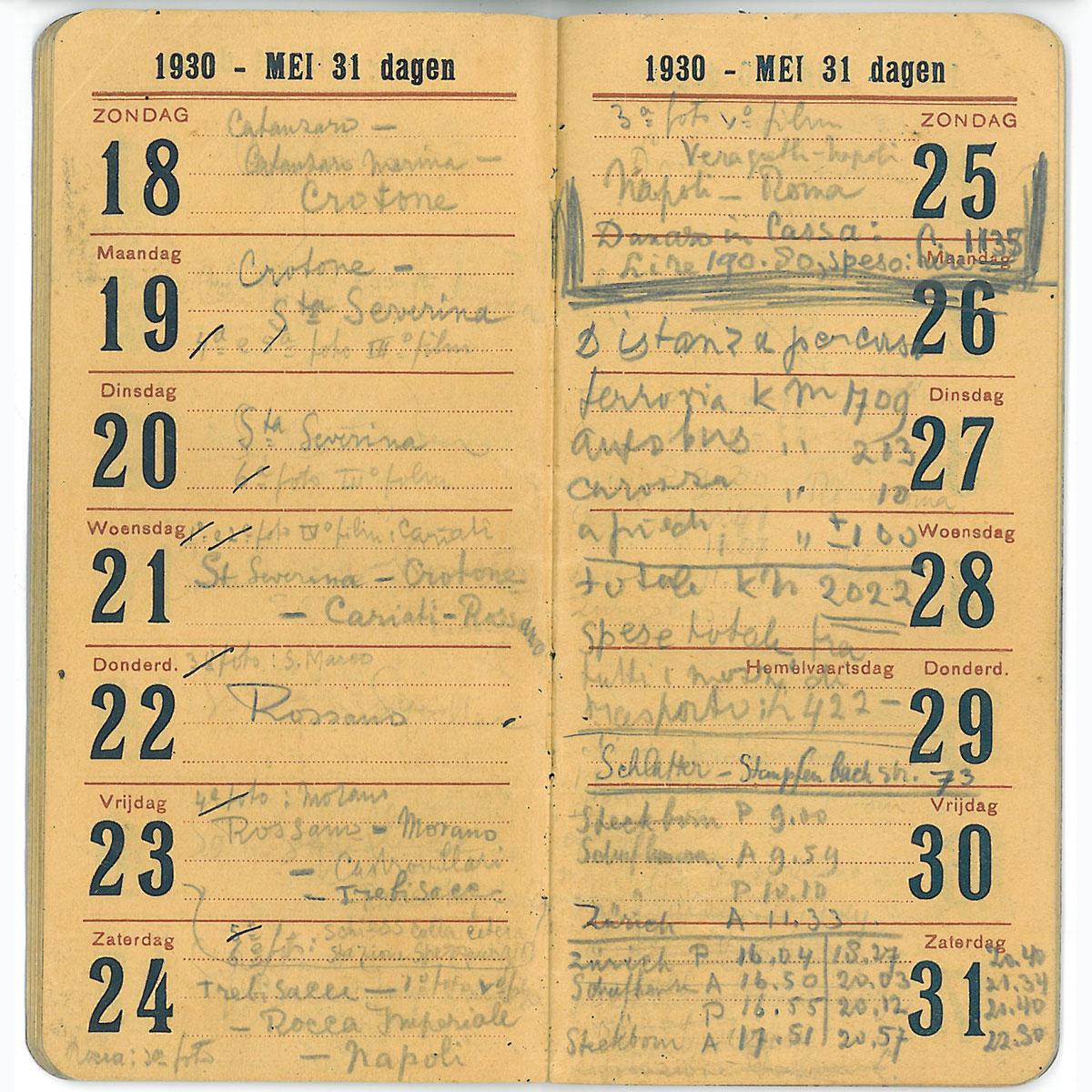
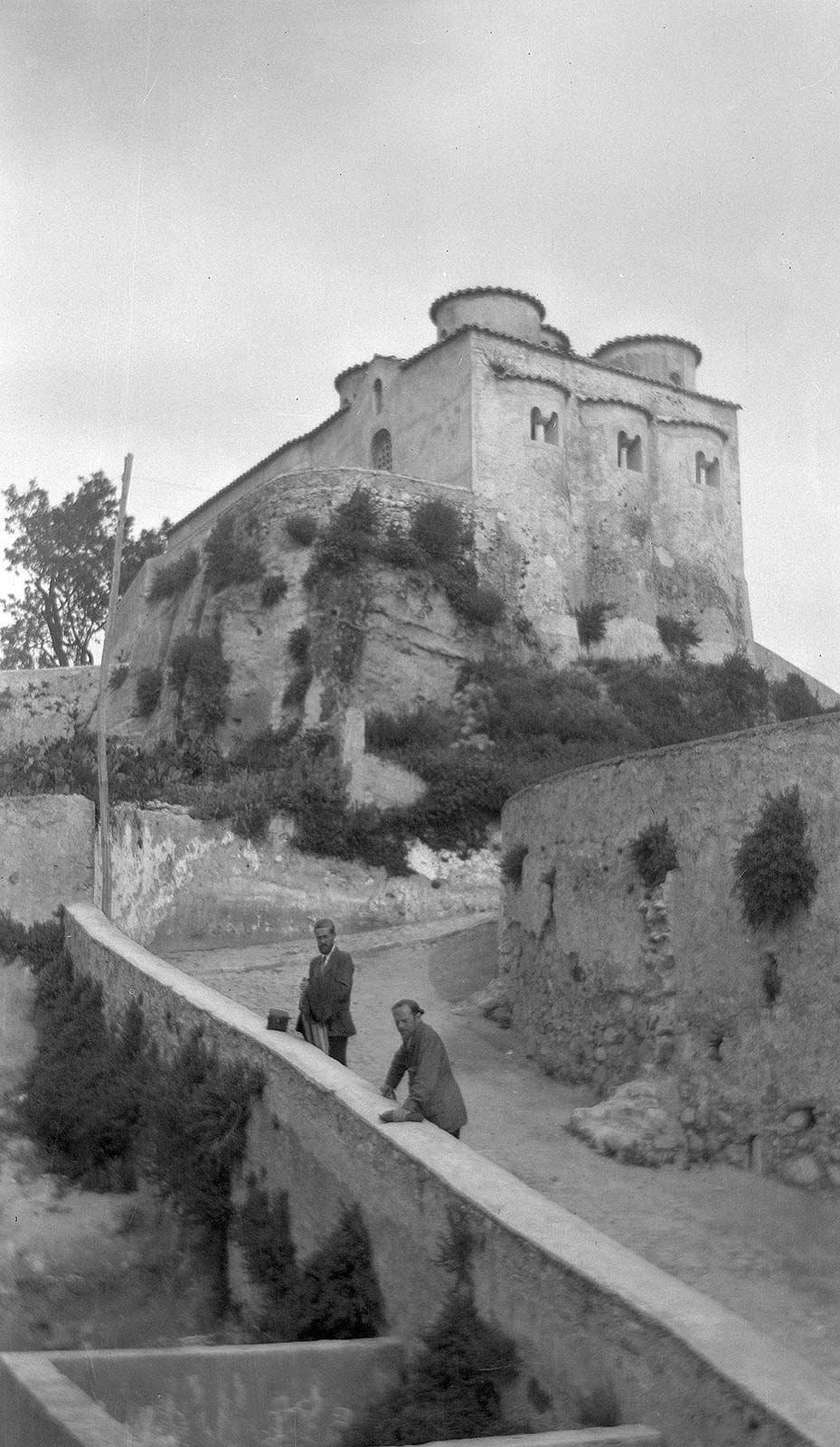
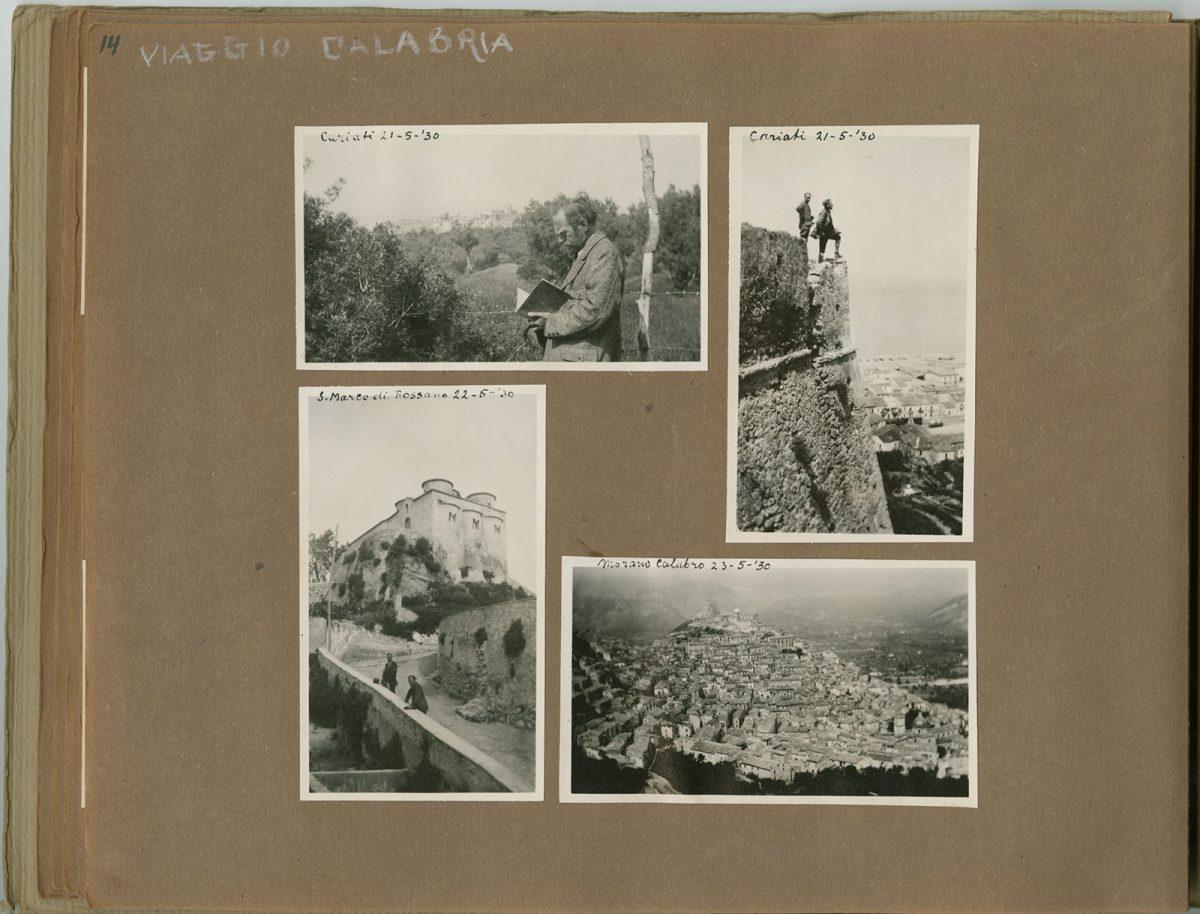
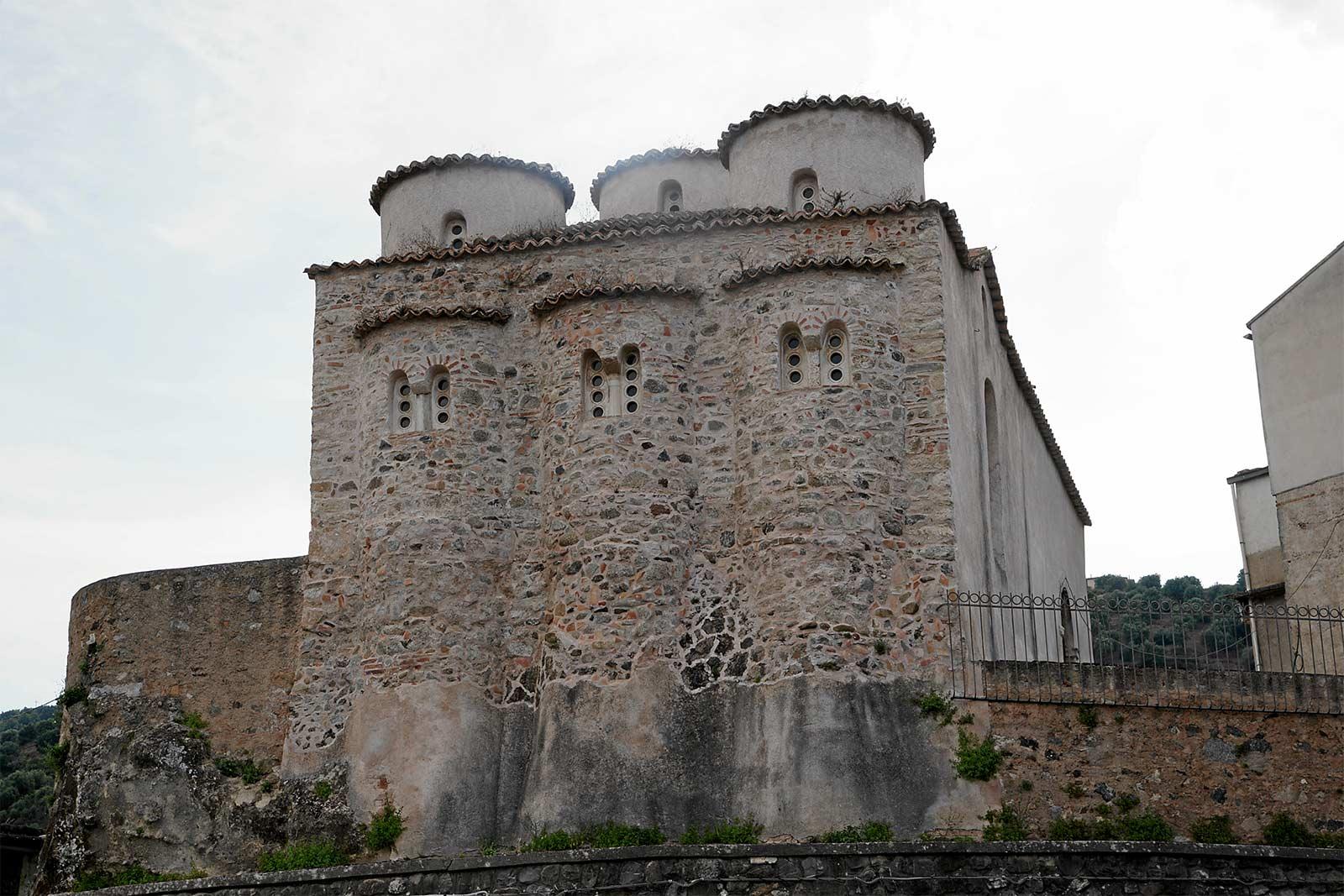
Escher himself wrote a travel report of this trip which was published in Dutch weekly news magazine De Groene Amsterdammer on 23 April 1932:
'The unknown mountain nests in the inhospitable interior of southern Calabria are usually only connected to the railway by a mule track that runs close to the coast—anyone wishing to go there has to go on foot if he has no donkey at his disposal. I think back to that warm afternoon in the month of May when we the four of us, after a long, tiring ride in the harsh sun, emcumbered by the heavy burden of our backpacks, dripping with sweat and short of breath, entered the town gate of Palizzi.
We automatically headed for the pub. A rather large, cool space, lit only by the chink in the doorway, the walls may have been chalked white once a long time ago; it smells like wine and there are countless flies. We have long been familiar with the unresponsiveness of the people of Calabria — they are not, like in the touristy parts of Italy, accustomed to foreigners; a hostile mood like this one, however, is not something we had encountered before.'
Luckily the zither of Roberto Schiess brought some solace. He started playing without stopping.
'Neapolitan songs, pieces of Italian operas, Swiss yodelling, Viennese waltzes, cheerful marches. I cannot say how long it took; it seemed to me a very long time, and I see it as clearly as if it were only yesterday. It was a moving miracle that occurred. When finally the strings were silent and the fast hands had stopped, the zither player looked up.
Smiling, sure of his power, and around him a dense crowd of listeners who burst into applause and shouted: Bravo! bravo! encore! encore! [...] and the hands once again stroked the strings and the crowed fell silent once more. Not for long this time; this was just an encore. When the renewed hurricane of applause came to a halt, their tongues loosened: Who are you? Where are you from? What are you doing here? Where are you going? A stream of questions and exclamations: the ice had been broken. We had to accept wine, of which we drank too much, which was pleasant and improved our mutual understanding. We drank to the “forestieri”, “musica”, to Italia, to the Duce.'
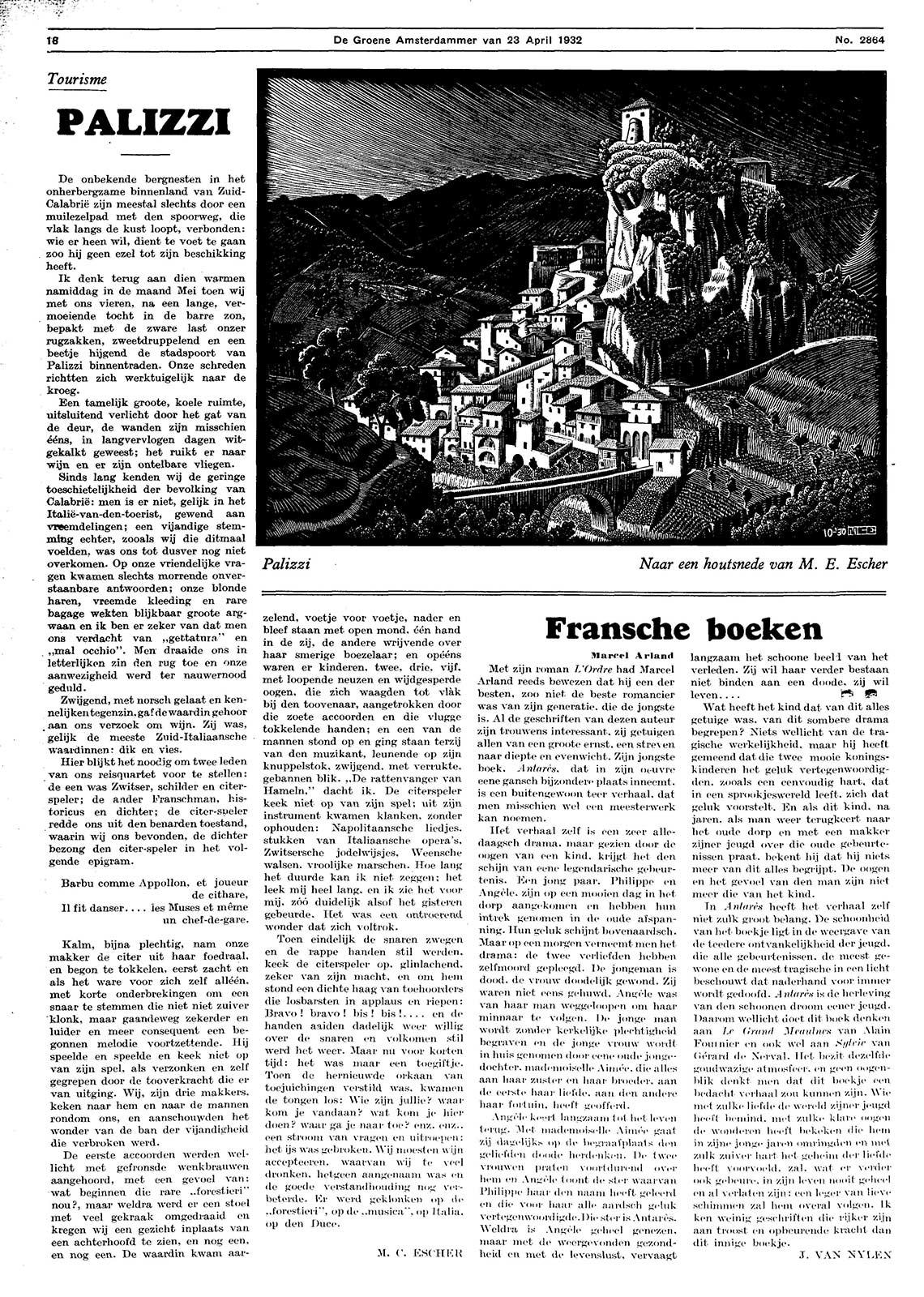
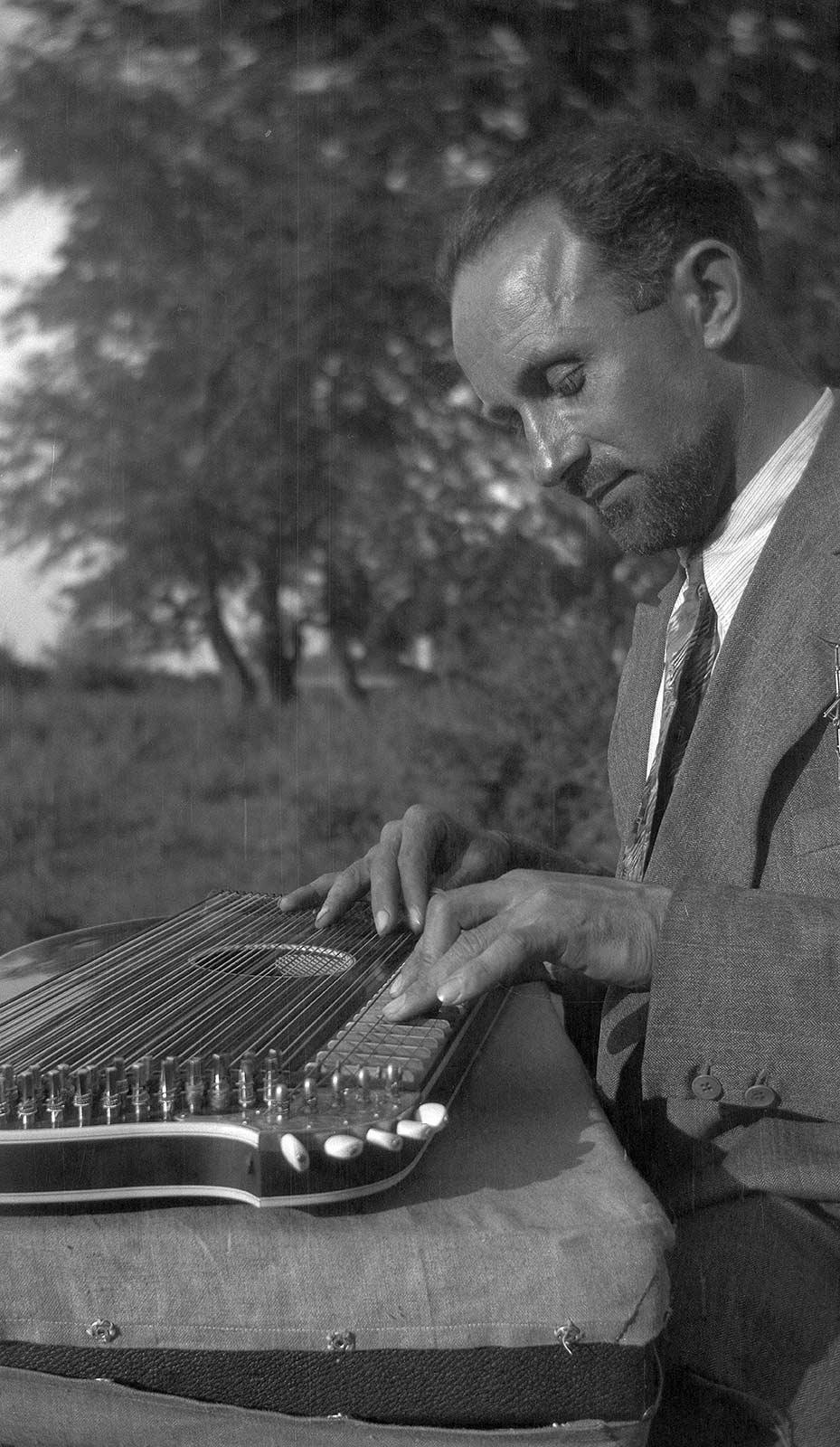
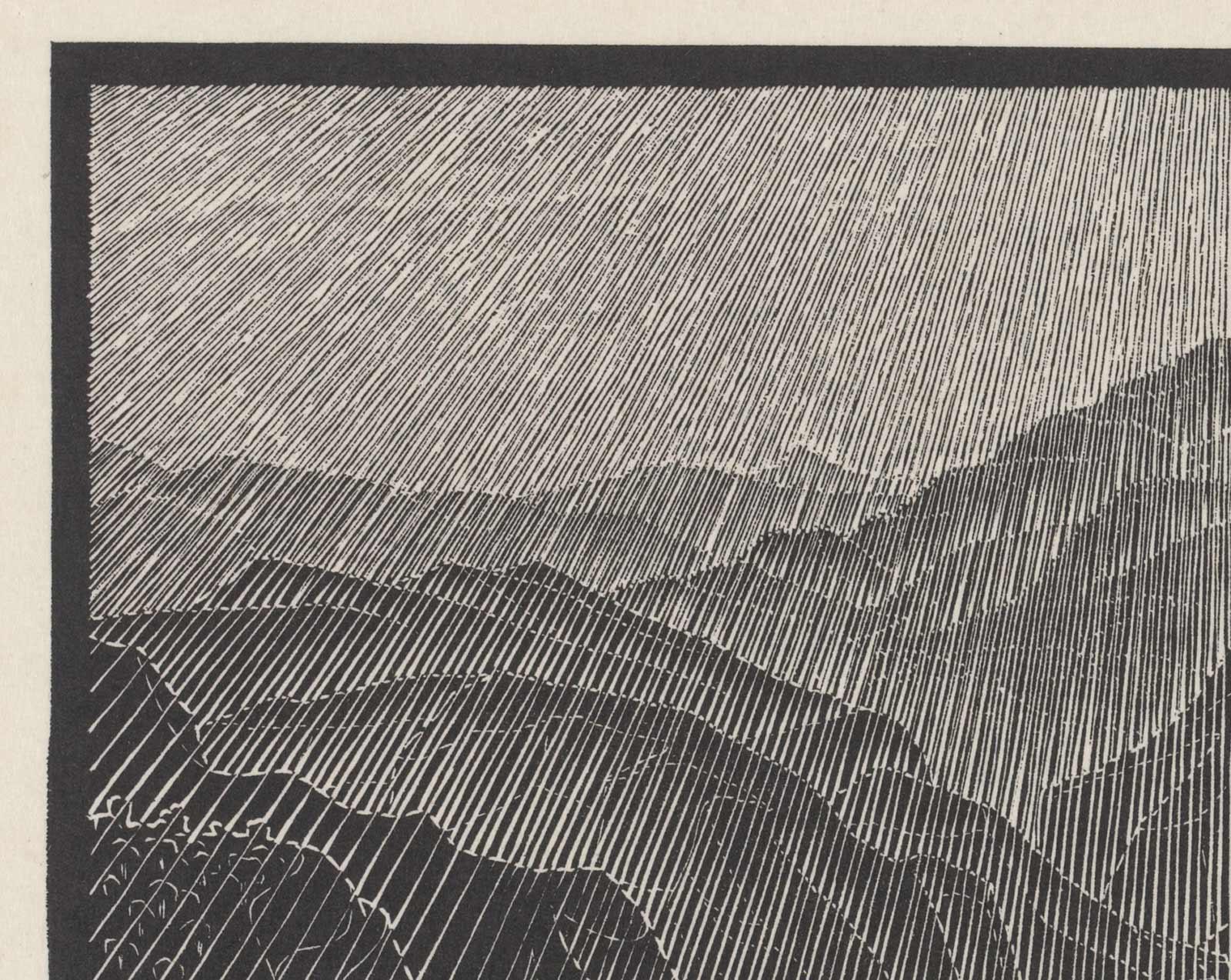
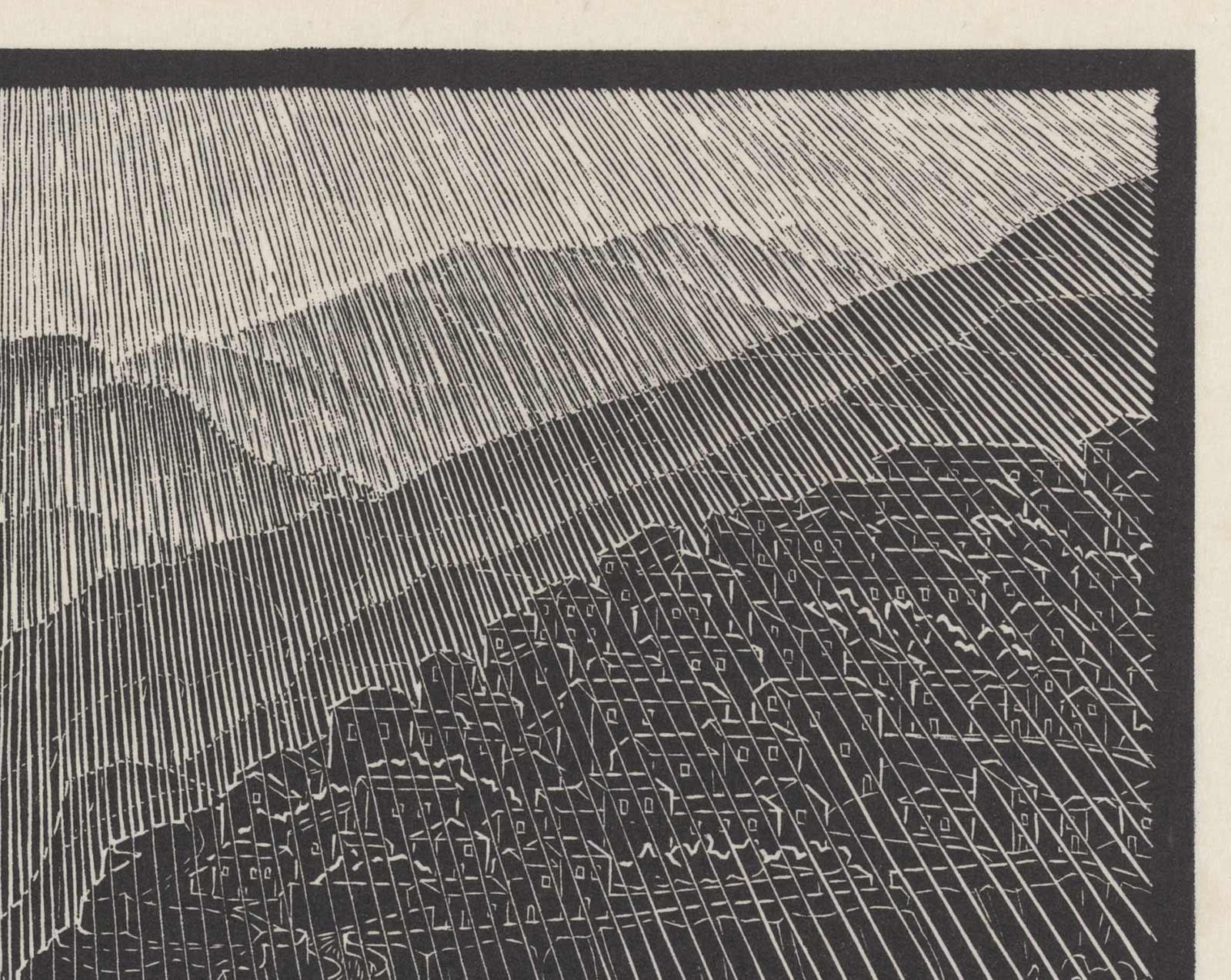
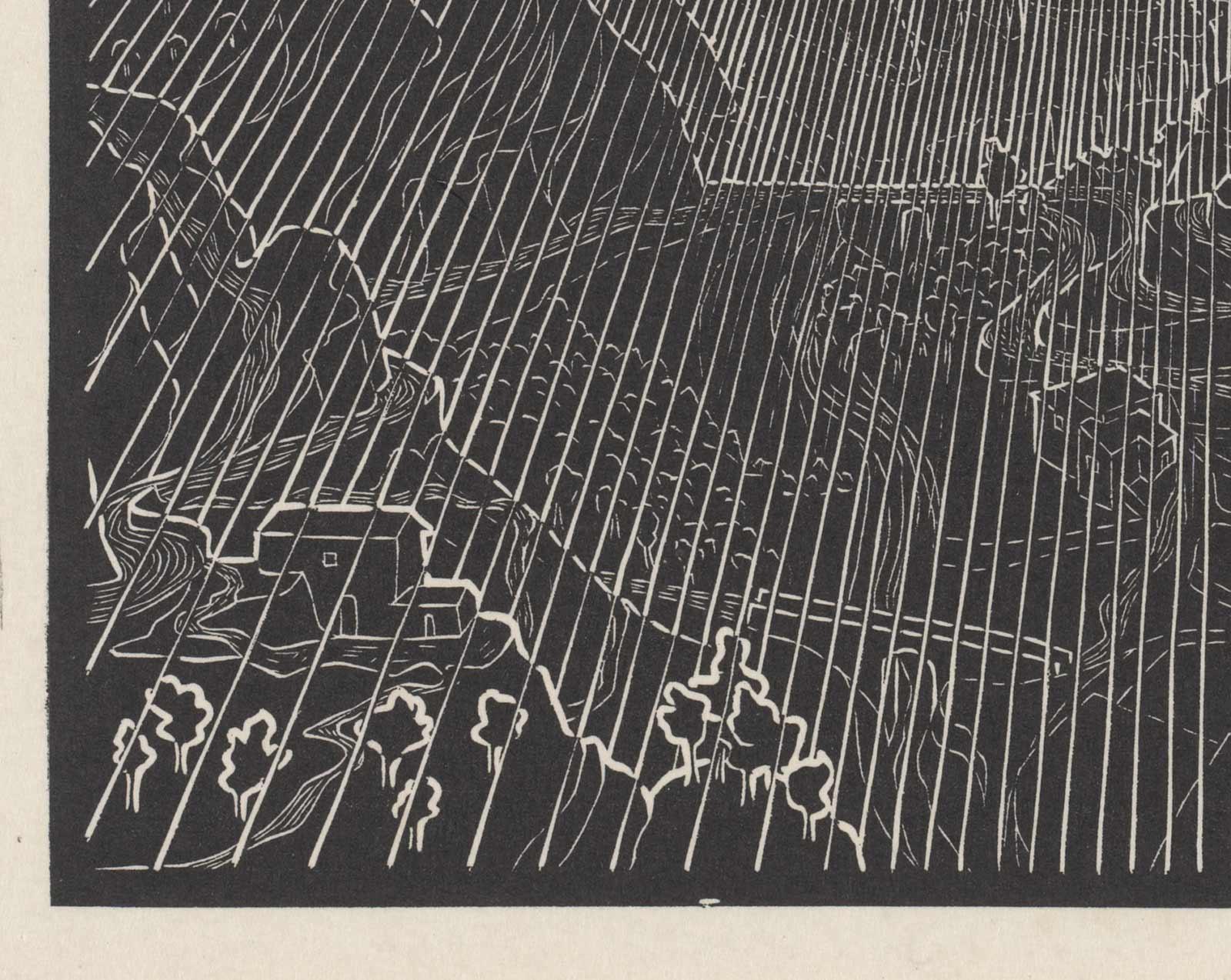
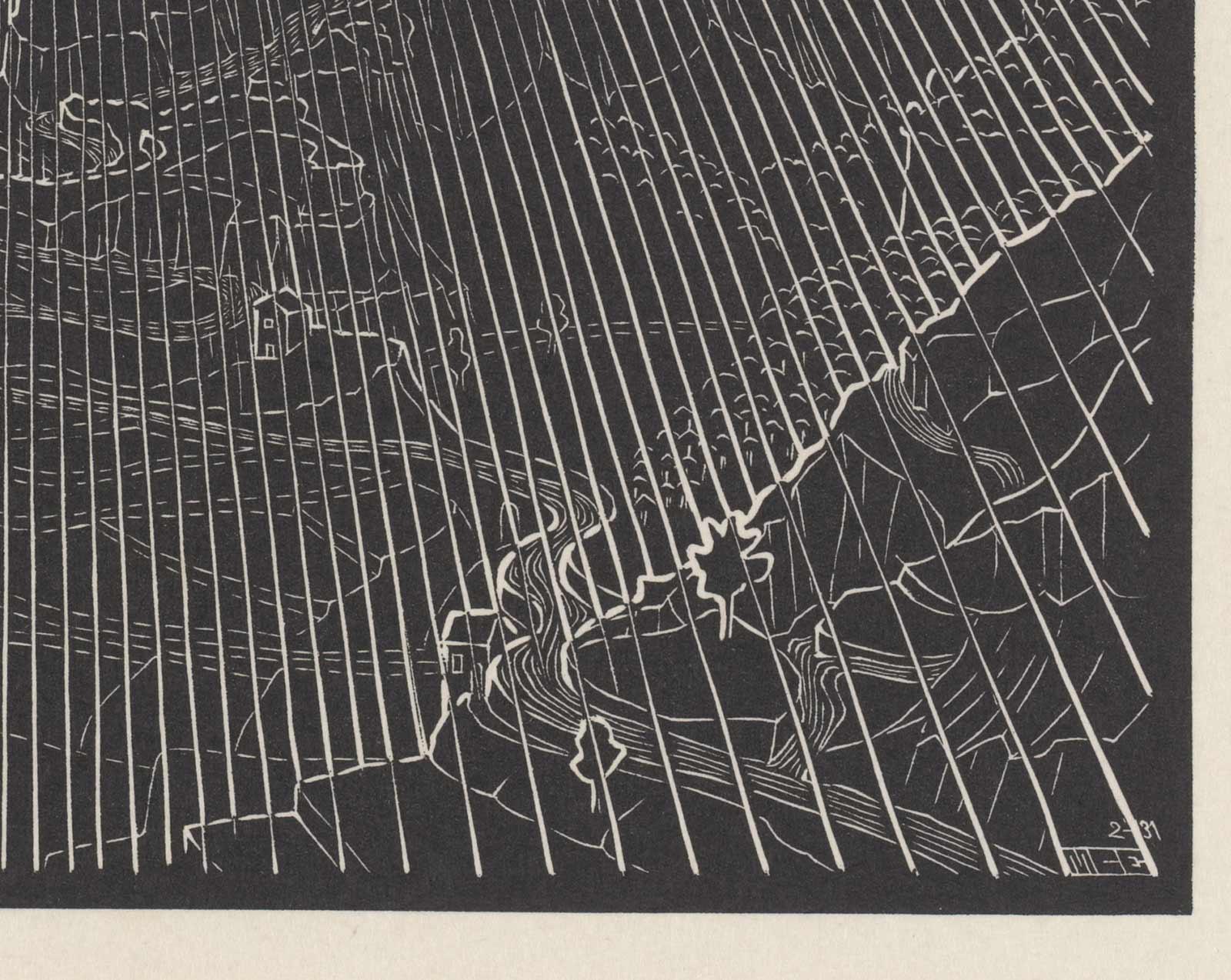
See also the story From photo to fantasy, which includes more examples of photographs and the works that arose from that journey.
Map is loading...
More Escher today

